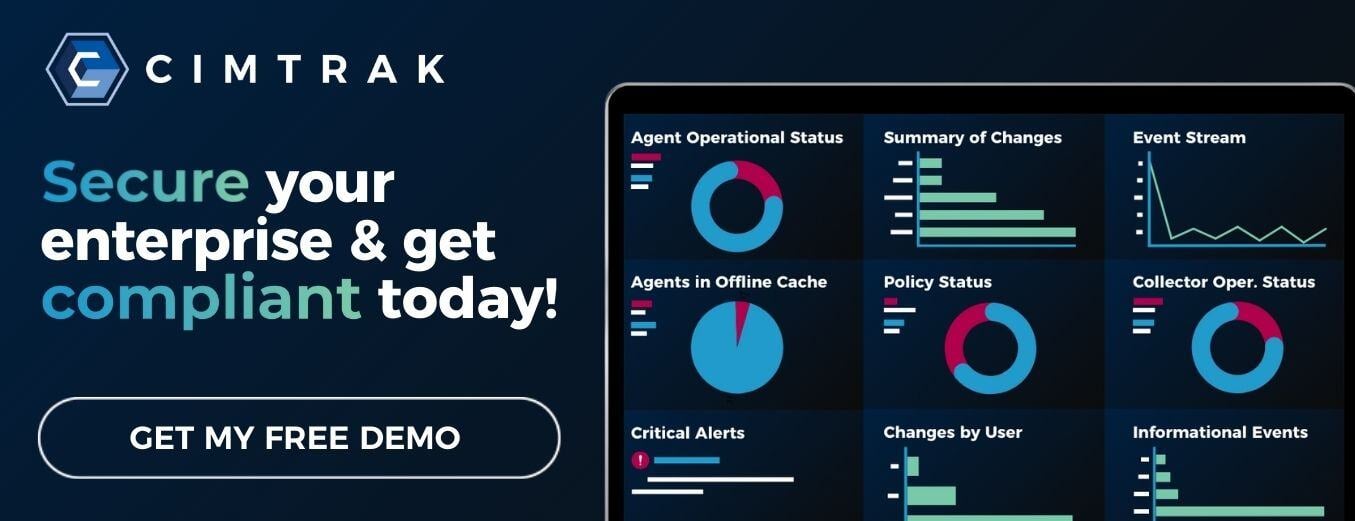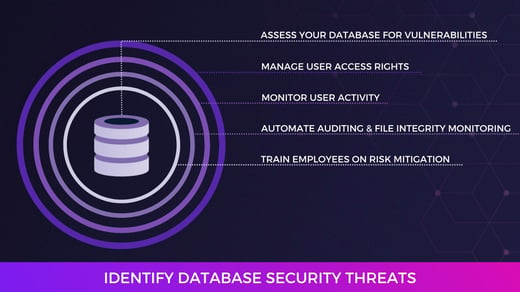Bring Your Own Device (BYOD) programs are now a fixture of the modern workplace. Employees expect to use their own phones, tablets, and laptops to get work done, whether at home, in the office, or on the road. For organizations, this flexibility can increase productivity and reduce hardware costs, but it also introduces serious security and compliance challenges.
The idea behind BYOD isn't new. Decades before "remote work" and the hybrid workplace, employees found creative ways to use personal technology at work to bypass mainframe and other resource constraints. What's changed is the scale, risk, and expectation of constant connectivity.
The question isn't whether employees are using personal devices. It's how well your organization manages them.
What is BYOD (and Why It Matters)
BYOD refers to the practice of allowing employees to use their personal devices (smartphones, laptops, and tablets) to access business data and applications. What started as convenience has become the norm for hybrid and remote work models.
Allowing personal devices in the workplace can boost morale and efficiency, but without clear controls, it can also create blind spots for IT and security teams. Lost devices, weak passwords, unpatched software, and unsecure networks are all potential gateways for data breaches. A thoughtful BYOD policy helps strike a balance between the convenience employees expect and the safeguards your organization requires.
The Benefits and Risks of BYOD
Opportunities
- Flexibility: BYOD supports employees who work from anywhere, using devices they're already familiar with.
- Cost Efficiency: Organizations can reduce hardware expenses while giving employees the opportunity to choose their preferred device.
- Productivity & Satisfaction: Employees often work more efficiently on personal devices and feel greater satisfaction using the tools they prefer.
Risks
- Increased Attack Surface: Each personal device connected to your network becomes a potential entry point for cyber threats.
- Privacy Concerns: Employees may have concerns about corporate monitoring their personal devices.
- Data Risk & Compliance Violations: Unsecured endpoints can expose sensitive data and increase regulatory risk.
Things to Consider When Instituting a BYOD Policy
Several key issues must be considered when an organization begins to roll out a BYOD program for its employees. Here are some top concerns to include in the criteria:
- How is employee access determined?
- Should a manager's approval be necessary?
- Should certain packages of data or particular programs be partitioned?
- Are some devices permissible while others are deemed unacceptable?
How to Implement a Secure BYOD Policy
Creating a policy that protects company data and respects employee privacy requires collaboration between IT, HR, and leadership. The following steps provide a foundation for creating a practical policy:
- Define Acceptable Use and Access Levels: Clarify what business systems and data can be accessed from personal devices. Limit access based on role, sensitivity, and need. Establish clear expectations for device ownership, support, and use during and after employment.
- Enforce Authentication and Encryption: Require strong passwords, biometric authentication, and device-level encryption. This prevents unauthorized access if a device is lost or stolen.
- Require Endpoint Protection and Regular Updates: Mandate that all connected devices use approved antivirus, firewall, and security configurations. Require regular OS and software updates to reduce vulnerability and exposure.
- Segment Corporate Data: Use secure applications, VPNs, or containerization to separate corporate data from personal information. This protects sensitive data without intruding on employee privacy.
- Plan for Lost or Stolen Devices: Define how to report incidents quickly and enable IT to perform a remote wipe of business data if needed. Clarify in advance what information may be removed.
- Educate Employees: Policies are only effective when people understand them. Provide short, practical training sessions explaining how BYOD security protects both the organization and the employee.
The Link Between BYOD and Compliance
For organizations operating in regulated industries, such as energy, finance, healthcare, or government, BYOD introduces specific compliance challenges.
Regulations like NERC-CIP, CMMC, PCI-DSS, and SOC 2 require strict control over system access, visibility, and data protection. Poorly monitored (especially unmonitored) personal devices can compromise an organization's security and compliance posture, especially if they access sensitive systems without proper oversight.
Related Read: Microsegmentation Zero Trust: Your Guide To The Fundamentals
Implementing continuous monitoring and integrity verification tools ensures that all endpoints are tracked, compliant, and protected from tampering or unauthorized changes.
How to Build a BYOD Policy That Protects Data & Boosts Productivity
A successful BYOD policy isn't about restricting employees; it's about creating clarity. It defines how data is accessed, stored, and protected, so everyone understands their role in maintaining security.
By combining thoughtful policy design with technical safeguards and ongoing communication, organizations can embrace the benefits that BYOD provides without compromising data integrity or compliance readiness.
A secure BYOD program relies on visibility and trust. CimTrak helps organizations maintain both by continuously monitoring systems for unauthorized change, ensuring every device that connects to your environment remains in a known-good state.
Learn how CimTrak supports secure, compliant environments.
Tags:
Cybersecurity
October 30, 2025




